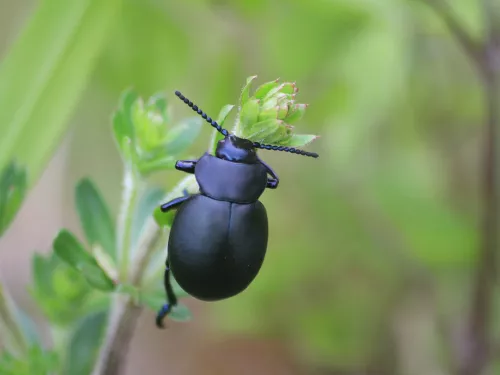
What’s the difference between bugs and beetles?
You’ll often hear the words ‘bug’ and ‘beetle’ used interchangeably – but they actually mean two different things. Let's explore the differences!
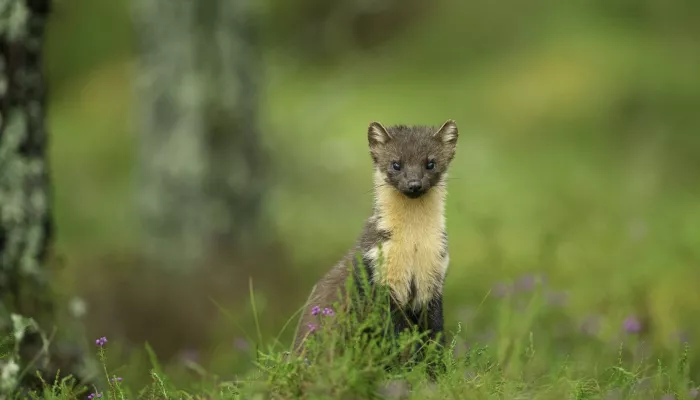
Although still widespread across much of Europe, it has been over a century since pine martens roamed wild here in the South East. A combination of habitat loss and degradation, hunting and persecution caused dramatic population declines in the 1800s. With 95% of woodland having been felled by the 20th century, this curious mustelid was considered by some to be functionally extinct in England, with relict populations clinging on only in Scotland and upland areas of Wales.
This year, Kent Wildlife Trust, in collaboration with Wildwood Trust and Sussex Wildlife Trust, Ashdown Forest and Forestry England, is beginning to explore the social and ecological feasibility of reintroducing pine martens to Kent and Sussex, while co-developing a ten-year strategy with a wide range of stakeholders to restore the species in the South East.
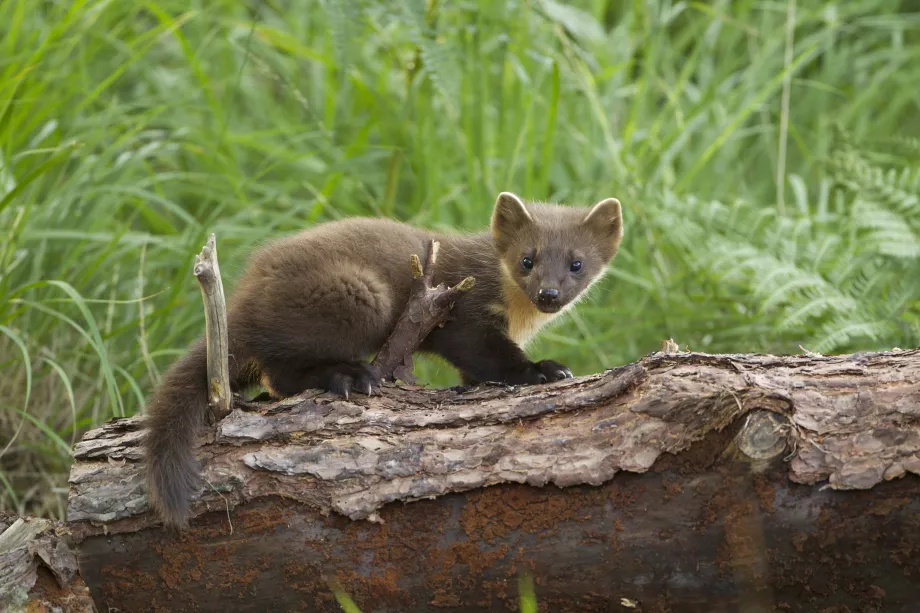
©Mark Hamblin/2020VISION
Despite the impacts of development, there are still large swathes of suitable pine marten habitat in the South East, particularly in the High Weald area between the Kent and East Sussex border, which previous studies have highlighted can support pine martens. This area is already home to some of our richest populations of woodland birds, insects and small mammals. Therefore, the pine marten is an integral but, at present, missing part of a fully functioning woodland ecosystem. They have a crucial role to play in regulating populations of other animals, particularly small mammals, and they also disperse seeds through their consumption of native fruits and berries.
In relatively recent years, we have come to fully understand that landscape-scale nature restoration holds enormous value for both biodiversity and people, and we know that many lost and declining species heavily rely on access to expansive and unbroken habitats to rebuild their populations. The re-establishment of pine martens to the South East has the potential to act as a flagship for habitat restoration and a joined-up approach to modern conservation. This is a species that can only thrive in vibrant and uninterrupted landscapes, and all the benefits that this brings will then benefit other species, including humans.
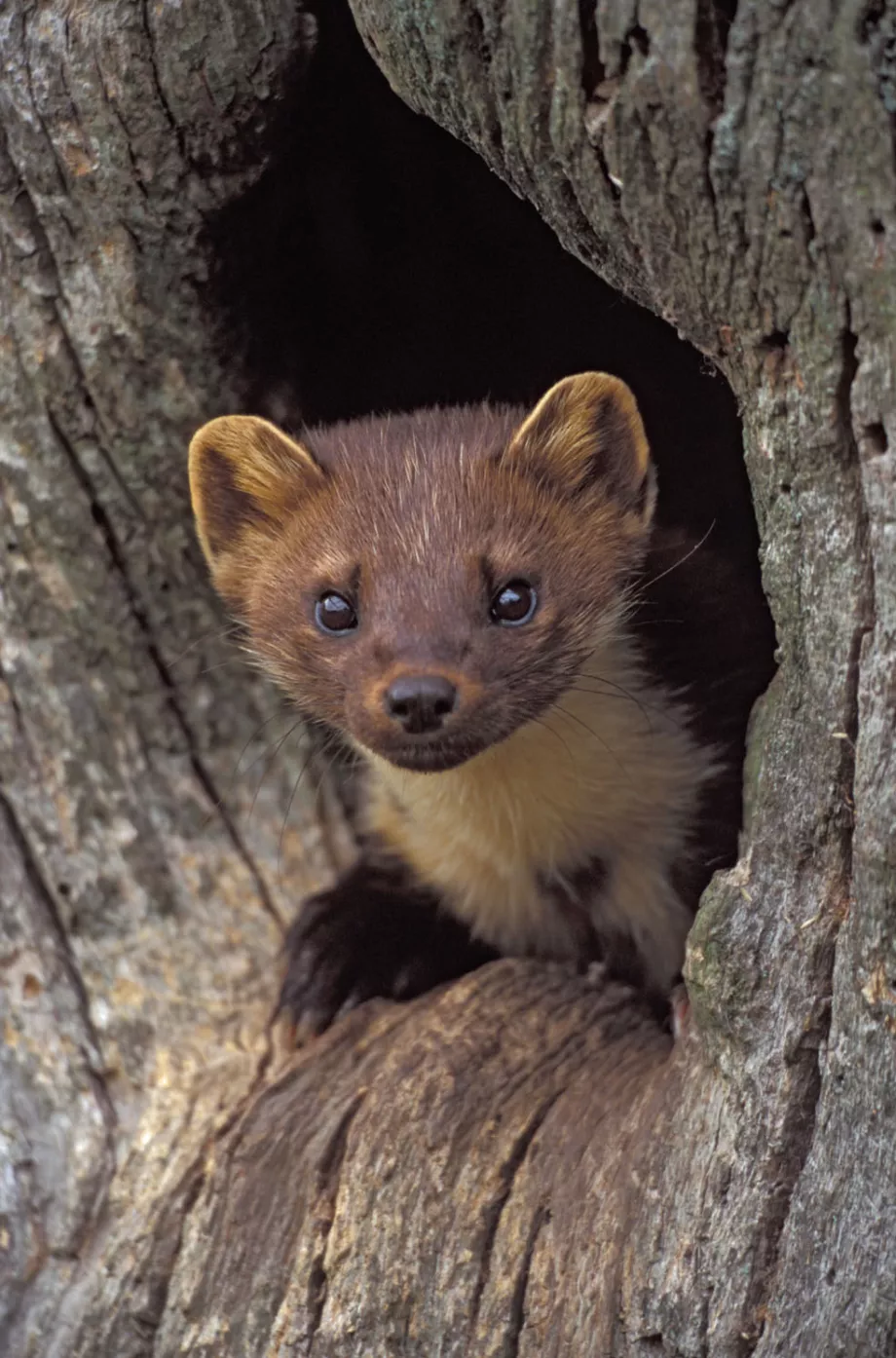
Copyright - SquareSpace
In 2024, the South East Pine Marten Restoration Project will be conducting extensive feasibility studies to collect ecological and social data. Focus groups also took place earlier this year to inform questionnaires and discussions to engage with local people and be incorporated into the project’s strategy to determine social feasibility. Ecological feasibility will determine whether the High Weald is suitable for a population of pine martens to live through habitat suitability and connectivity modelling and species surveying using wildlife monitoring cameras, track plates and mostela boxes. This is only possible thanks to our wonderful team of volunteers who build all the equipment.
To investigate whether the habitat in the South East is suitable for restoring pine martens, we have conducted some initial statistical modelling to support our ecological feasibility assessments. Using a statistical modelling technique known as ‘species distribution modelling’, the environmental conditions that are suitable for pine martens can be characterised based on confirmed sightings across their European range. The model then predicts where similar suitable habitats are found in the South East. The habitat suitability map revealed large woodland areas as suitable habitats for pine martens, primarily in parts of the High Weald and Kent Downs. However, due to centuries of habitat loss and fragmentation, many areas of the South East are not suitable, for example across expanses of urban areas and vast agricultural spaces. From the results from the suitability map, we can now use connectivity modelling to predict where pine martens are expected to move across their landscape and consider potential barriers to their movement, such as the influence of roads. This will clarify the most suitable release locations and inform our strategies for landscape-scale habitat restoration, including scoping potential for green bridges to reduce the impact of roads of pine marten (and other animals) dispersal.
Once the ecological and social feasibility assessments are completed this year, we will be able to determie whether it is possible to restore pine martens back to the South East. The project is working with a range of stakeholders to co-develop a project strategy so, if we can restore these charismatic creatures, the strategy encompasses stakeholder knowledge, views and expertise, creating a best-practice project that will bring positive impacts for both wildlife and people.
Find out more and receive seasonal updates by signing up to our pine marten mailing list on our page below.

You’ll often hear the words ‘bug’ and ‘beetle’ used interchangeably – but they actually mean two different things. Let's explore the differences!

Wilder Grazing Ranger Volunteer Trainee, Ellie Edmondson, talks about the fell ponies on our reserves and what makes them great conservation grazers.
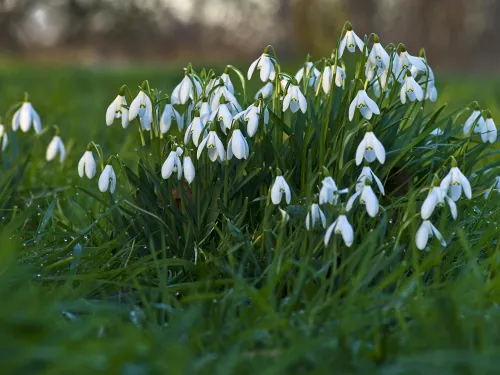
In February, the first British wildflowers are beginning to poke out from the seemingly dormant undergrowth, a sure sign that spring is on the way!